The 5 best states to work in — and the 5 worst
The nonprofit Oxfam America crunched the data to determine which states do the best job of protecting workers
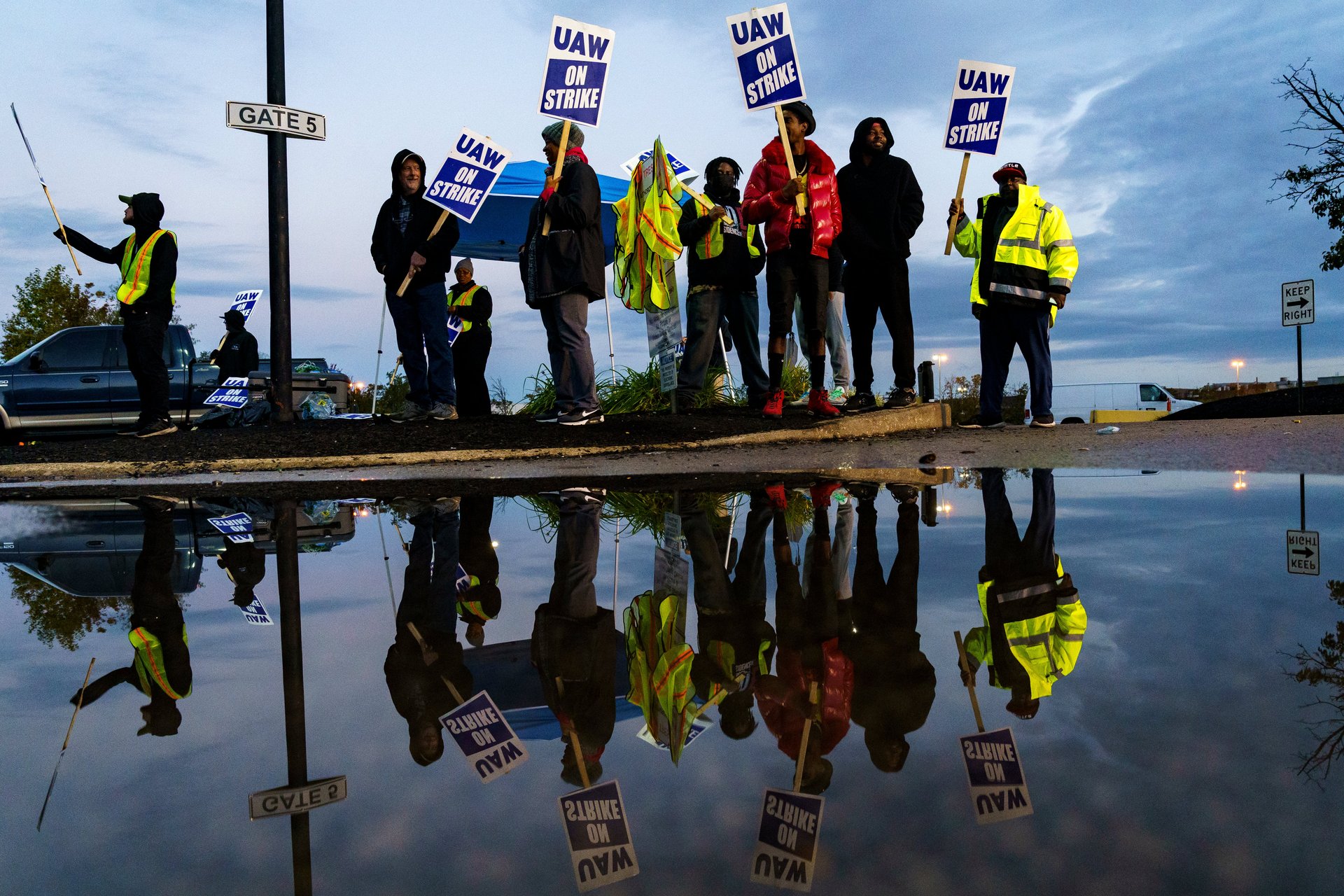
Every state comes with its benefits and its drawbacks. But for Americans looking to make a living and thrive, where is the best place to work?
Well, the Boston-based nonprofit Oxfam America has an answer. The organization on Thursday released the latest edition of its annual report that examines which of the 50 states (plus Puerto Rico and the District of Columbia) have the best wages, worker protections, and support for workers looking to form a union. Each of those “52 states” are then ranked on where they stand in each category, as well as overall.
It comes at a time when Americans are still nervous about spending a lot of money — even on back-to-school shopping — and politicians are making broad promises to slash taxes and lower costs. And, of course, the housing market is still not the friendliest to new homebuyers, or most people, really.
“When states invest in strong labor policy landscapes, it pays off in a serious way,” said Dr. Kaitlyn Henderson, an Oxfam researcher who authored the report, adding that “measures of both worker wellbeing and economic outlook are strongly correlated” with scoring well on Oxfam’s index.
But which of those states did the best and, perhaps more importantly, which did the worst? Here are the five best and worst “states” to work in.
2 / 12
5th Worst: South Carolina
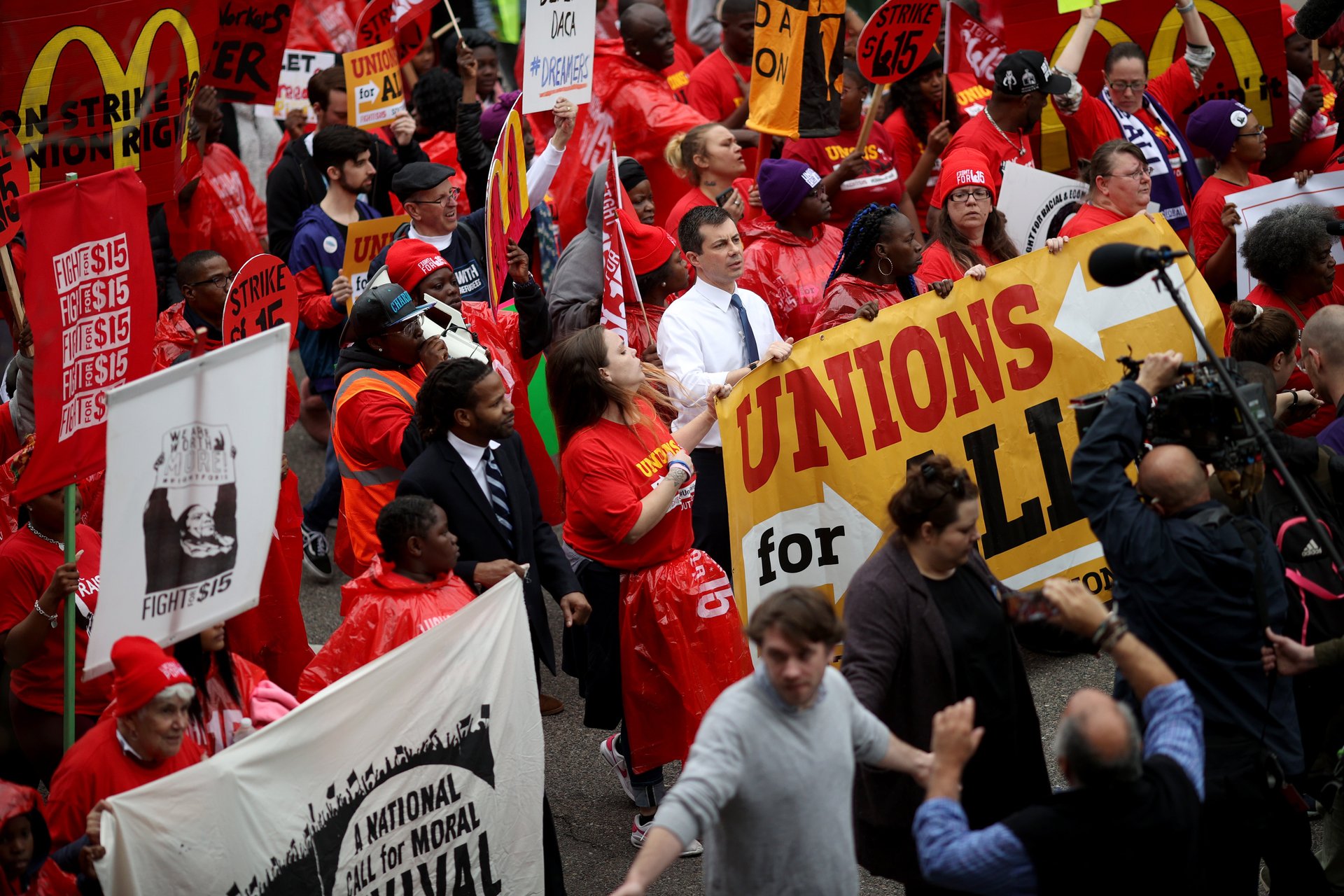
South Carolina has the distinction of being pretty bad — but not the worst — state for workers, according to Oxfam. The Palmetto State does not require companies to provide paid leave and relies on the federal minimum wage and tipped minimum wage — traits it shares with the other bottom-ranking states.
South Carolina has no support for public or private workers looking to organize and form a collective bargaining unit, Oxfam reports, reflecting the American South’s long history of union opposition. Companies — especially automakers — often moved to the region and used a number of measures, such as screening hires for pro-union sentiments, to keep away workers that may give them headaches.
Many of these states are also right-to-work states, meaning that they have laws on the books that prevent workers from being required to join unions as a job requirement or paying agency fees for representation. Workers in such states are paid 3.2% less than similar workers in states without right-to-work laws, according to the left-leaning Economic Policy Institute.
3 / 12
5th Best: Washington
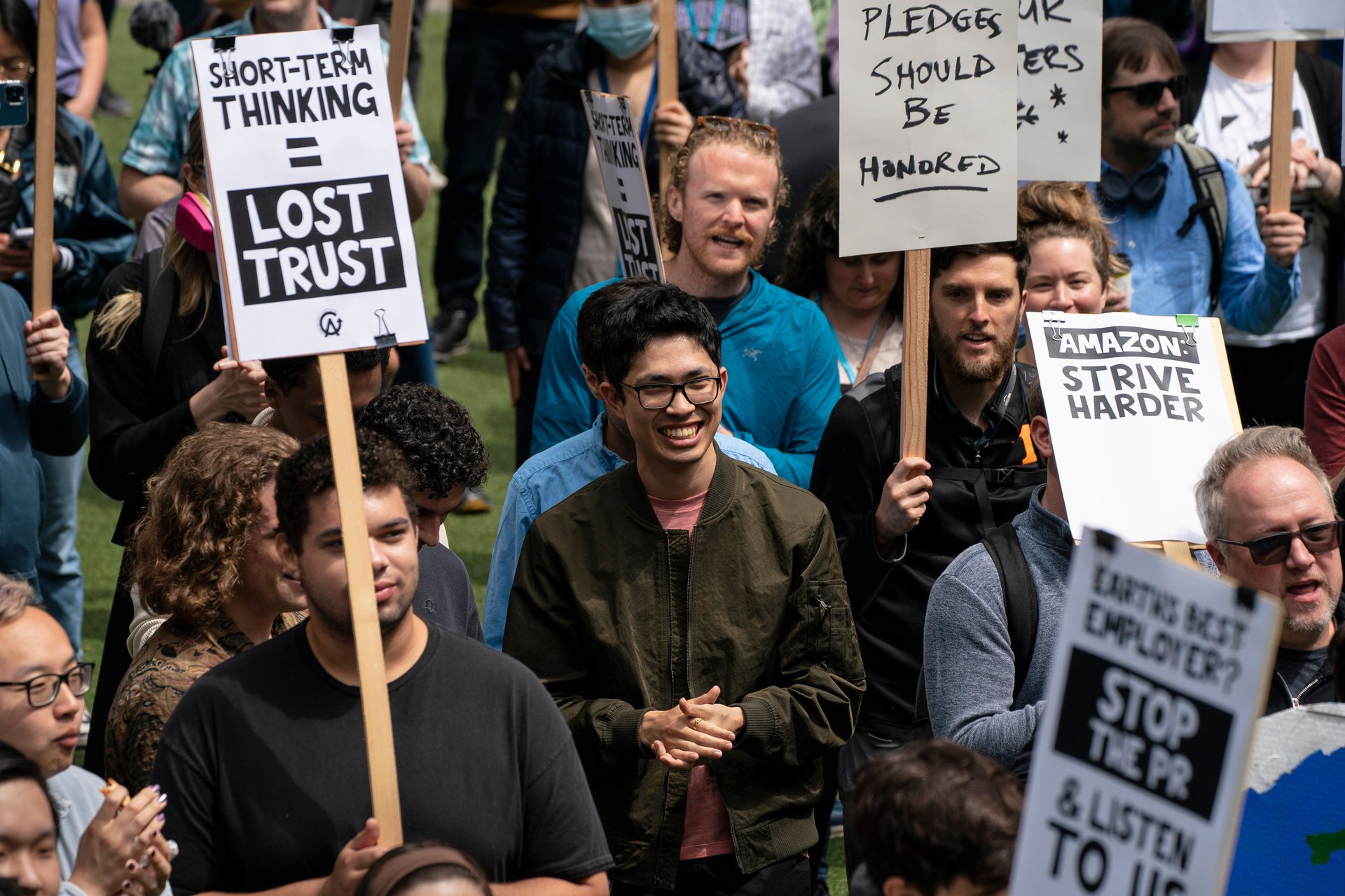
Washington state is the bottom performer of the top performers, which is still plenty good. The state named after America’s first president has a few things in common with the other high-scoring states on Oxfam’s ranking — namely its strong child labor laws, protections for workers, and a minimum wage well above the federal standard.
In April, Gov. Jay Inslee signed a series of workplace protection bills, including the Employee Free Choice Act, which made Washington the sixth state to prevent companies from firing workers who refuse to attend “captive audience” meetings. Those meetings are typically mandatory sessions held by an employer to pressure employees against joining unions and are often cited as a key tactic used to slow organizing efforts.
Inslee also expanded Washington’s paid sick leave law, granted the state labor department to investigate pay equity discrimination claims, and prohibited mandatory overtime for health care workers.
Oxfam gives Washington credit for being one of a number of states that have introduced heat standards for outdoor workers and warehouse worker protections, something it shares with two other high-ranking states. It’s also a so-called “fair wage state,” since it has eliminated subminimum tipped wages.
Washington has some 576,000 union members as of 2023, according to the Bureau of Labor Statistics. Another 56,000 workers were non union members themselves, but were covered by a union or employee association.
4 / 12
4th Worst: Alabama
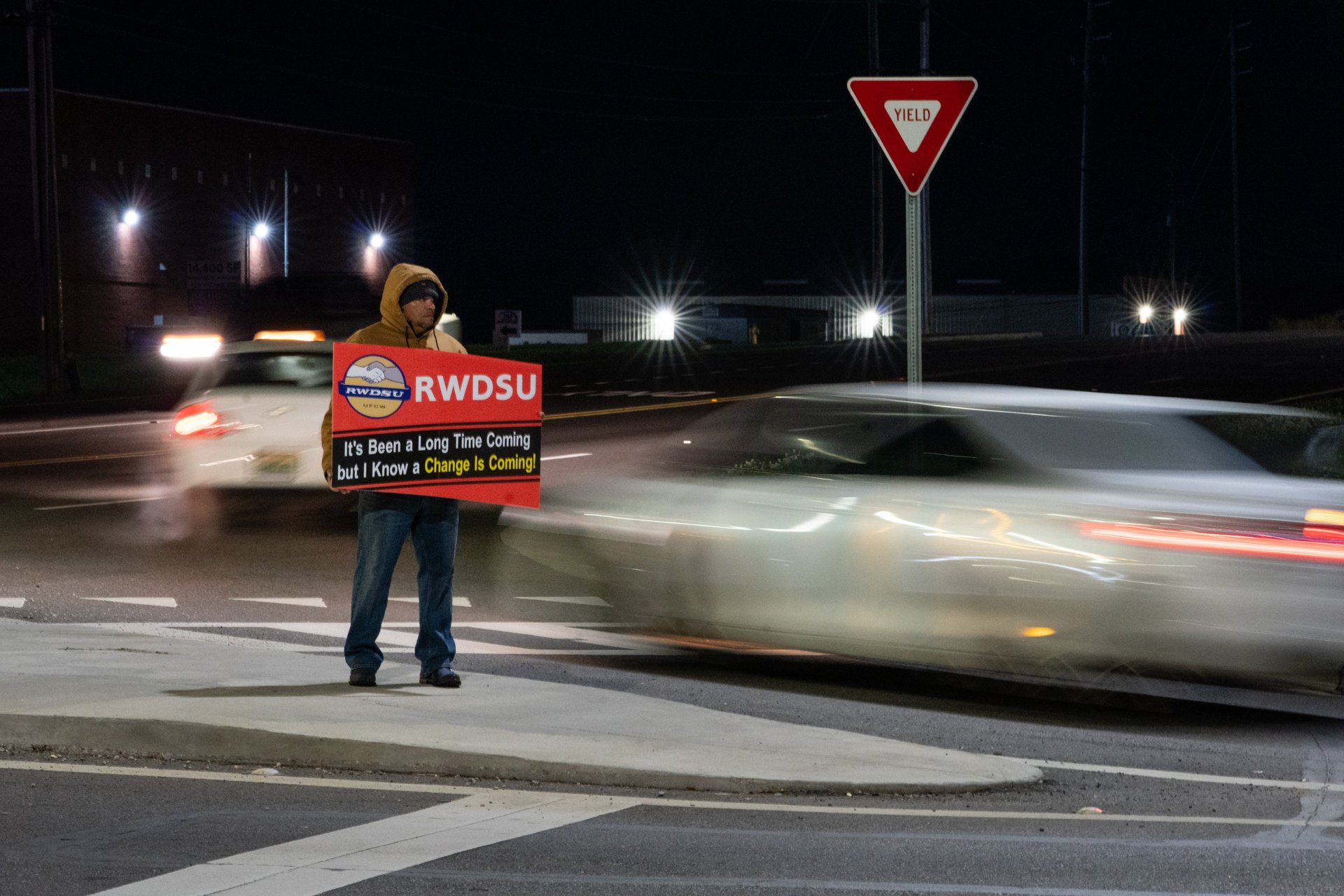
Alabama’s low ranking is due to many of the same reasons South Carolina graded so poorly: a lack of paid leave requirements, low minimum wage and tipped minimum wage, and its status as a right-to-work state.
Alabama also lacks a state law protecting workers from sexual harassment — something it shares with several other states. Another factor is a recent legislative push to roll back some child labor protections.
State lawmakers followed their counterparts in Arkansas and Iowa in ending work permit requirements for underage workers, citing complaints that the mandates infringe on the rights of teens and their guardians. That law, which applies to 14-and-15-year-old workers, came into effect on June 1.
According to the Economic Policy Institute, 31 states have introduced bills to weaken child labor protections since 2021; eight have passed such bills in 2024 as of July 30. The push has come as the number of teens looking for work or working hit its highest level in more than a decade and the labor market remained tight. In response, some lawmakers and advocacy groups proposed addressing worker shortages with child laborers.
Alabama has been the subject of one of the higher-profile child labor scandals in recent years. Hyundai Motor Co. has been accused of benefitting from illegal child labor in the state, where it has a manufacturing plant, thanks to the practices of its supplier, ITAC Alabama and staffing agency Best Practice Service.
5 / 12
4th Best: New York
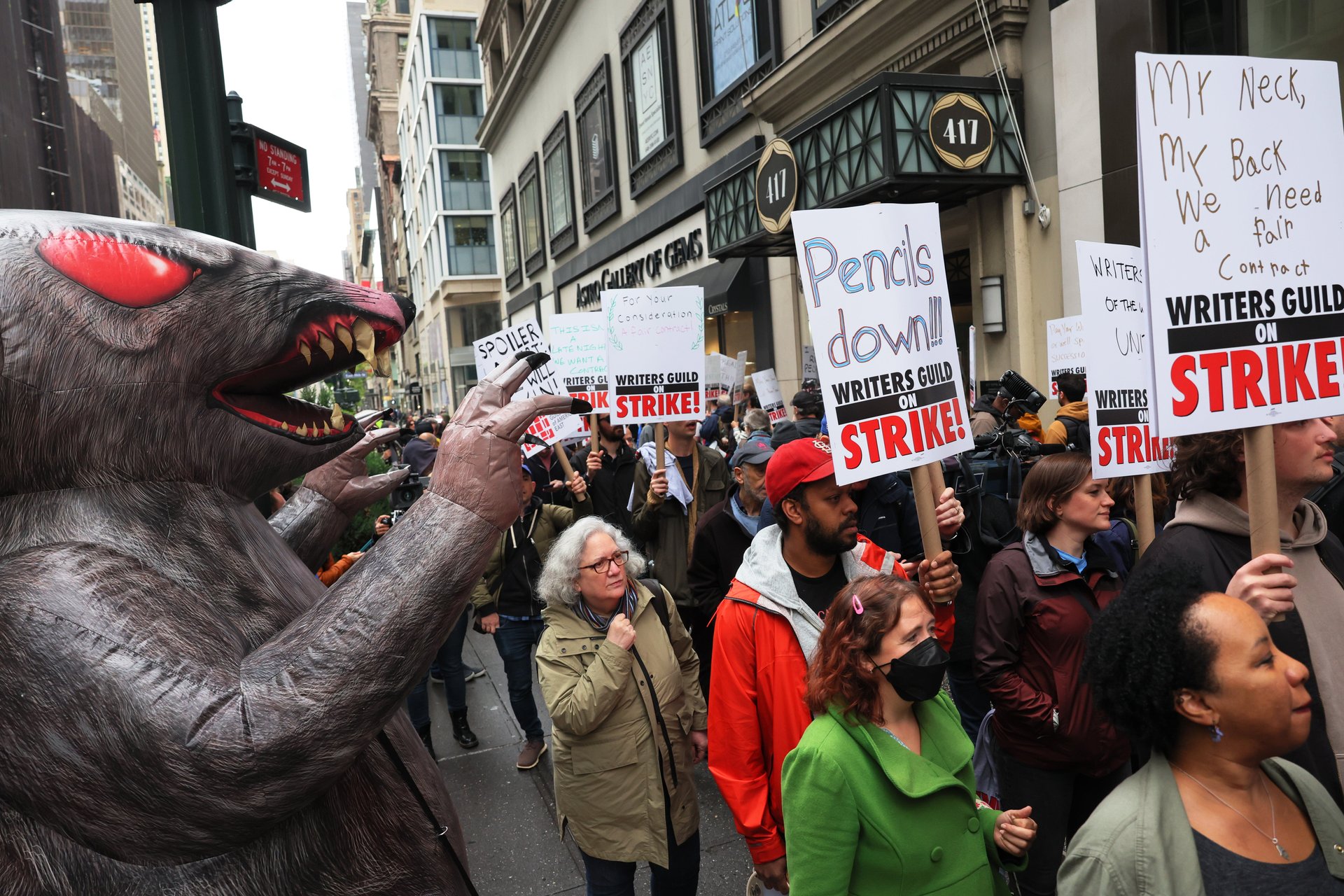
Organized labor and its protections are ingrained in New York state, and not just in its most populated city. Amazon workers in Staten Island and Starbucks workers in Buffalo became the first employees of their respective companies to launch successful unionizing efforts.
New York is also the state home to the second-most union members, behind Hawaii, according to federal data. This fact, as well as the protections the state has for organizing workers, helped New York achieve top marks for union protections.
New York also has some of the nation’s strongest protections for workers, including laws ensuring equal pay and rights for domestic workers. Lawmakers recently passed legislation aimed at reducing warehouse worker injuries and protecting fashion workers.
Earlier this year, state lawmakers passed a law requiring companies to train retail workers in de-escalation tactics and adopt a violence prevention plan. New York also requires large companies to install panic buttons to contact law enforcement as retail theft continues to irritate companies and politicians.
6 / 12
3rd Worst: Georgia
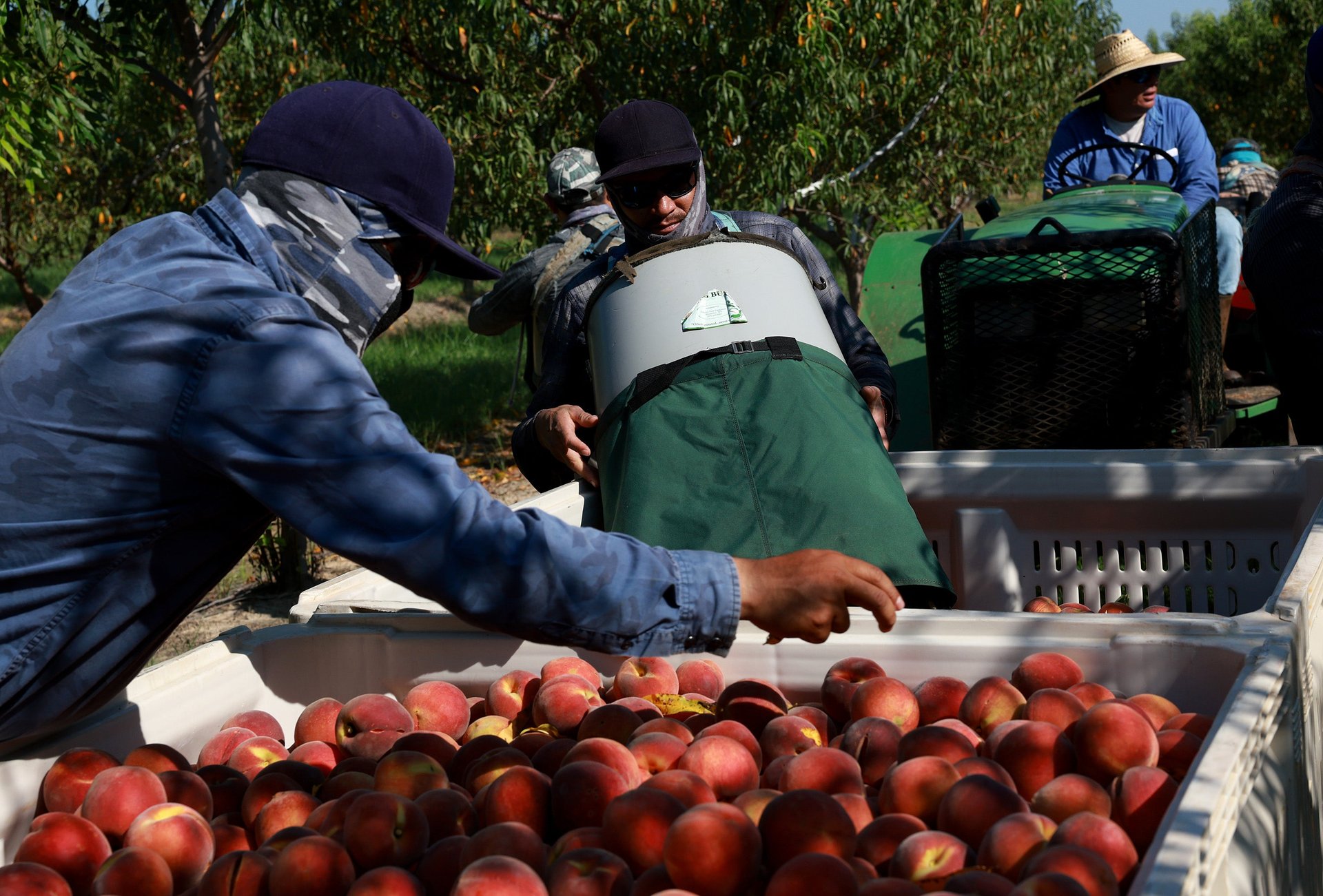
Not everything is peachy in Georgia, at least for workers.
Like Alabama, Georgia lacks paid leave requirements, doesn’t have a state law protecting workers from sexual harassment, and relies on the low federal minimum wage and tipped minimum wage, which is actually higher than the state-mandated pay.
Georgia is also a right-to-work state and lacks strong protections for workers seeking to organize their workplaces or join a union. It’s one of just a few states — including South Carolina and North Carolina — that allows public sector workers to join unions, but prevents the organizations from actually bargaining on their behalf, according to Atlanta Civic Circle.
Georgia in April signed into law a bill that requires organizing workers to only do so through a secret ballot vote. If they tried to sign union cards — a common practice employed by unions like the United Auto Workers — the company they work for would lose state economic incentives. Tennessee passed a similar bill a year earlier.
On Tuesday, a federal court in Georgia blocked a Department of Labor federal rule designed to keep employers from retaliating against farmworkers in the U.S. on temporary visas from trying to form unions. Seventeen Republican-led states, including Georgia, had sued to block the rule.
7 / 12
3rd Best: Oregon
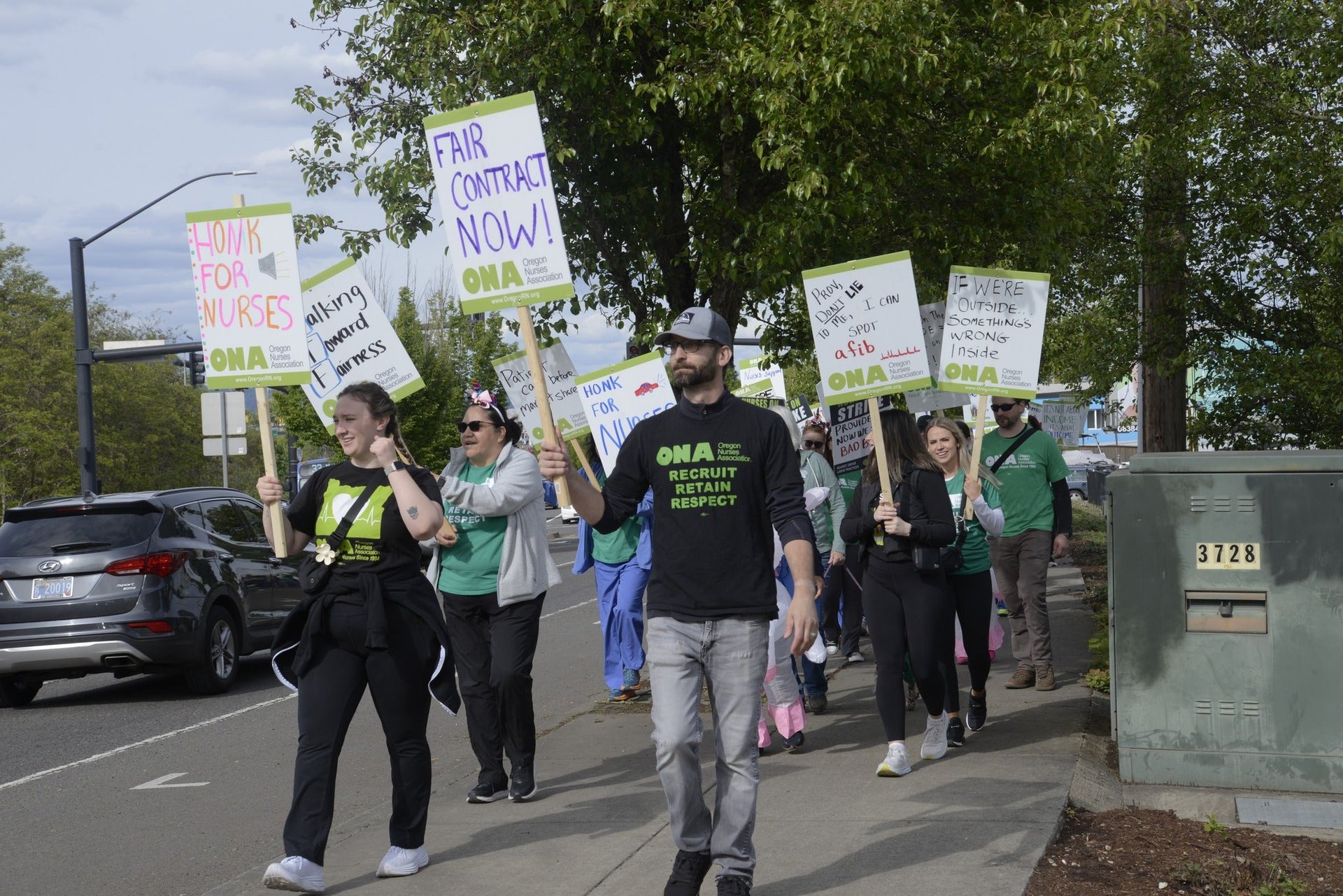
Oregon is another state with excellent protections for organizing efforts and workers, according to Oxfam.
It’s also ranked as the best state for working women thanks to its status as a “one fair wage” state, or a state where tipped workers make the full minimum wage, and its assorted protections for workers. In recent years, the state has passed greater protections against workplace harassment, protections for warehouse workers, and adopted heat standards.
Oregon’s paid leave policy also covers private, public, and part-time employees. It provides “safe leave” coverage for survivors of sexual assault and domestic violence.
Oregon, which already had strong protections for organizing workers, passed a law last year that requires a state labor agency to create guidelines allowing workers to electronically designate their bargaining representatives. Before 2022, Oregon was the only state in the U.S. that had banned captive audience meetings, a restriction a handful of states have since enacted.
In November, Oregonians will vote on a measure that would require cannabis retailers and processors to submit a signed “labor peace agreement” with an organization attempting to or already representing their workers when they apply for a license.
8 / 12
2nd Worst: Mississippi
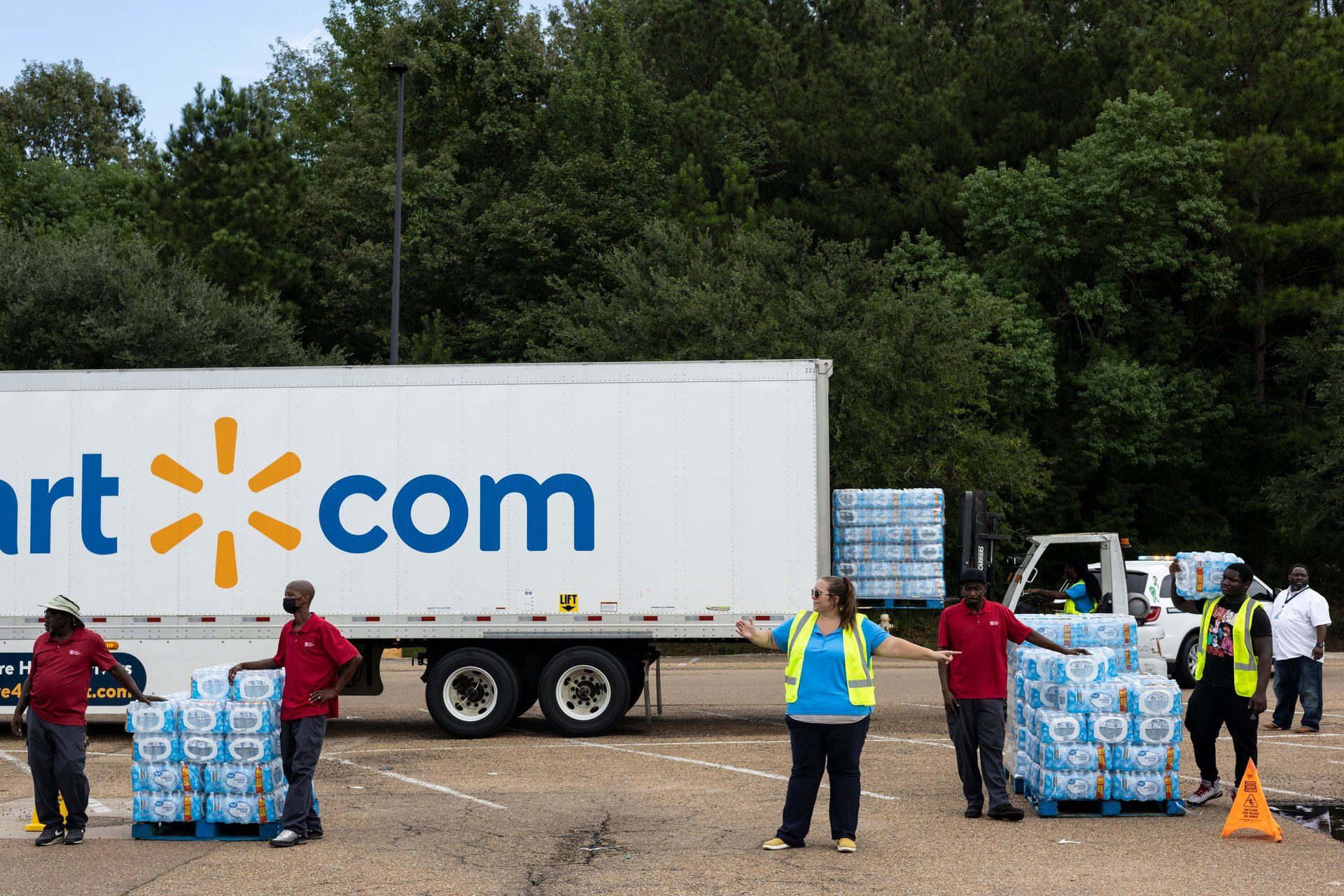
Mississippi, like the other bottom-five states, does not require companies to provide paid leave, relies on the federal minimum wage and tipped minimum wage, and has no state laws protecting workers from sexual harassment.
Mississippi was also listed as the worst state for working women, an index that Oxfam says more heavily factors in worker protections. It’s the only state in the nation without a basic equal pay law, or an act ensuring that workers cannot be paid less due to their sexual orientation, gender identify, or race, according to Oxfam. The nonprofit criticized a 2022 state law that only protects against sex discrimination in pay, is narrower than current federal protections, and provides “broad defenses to employers,” according to the Equal Employment Opportunity Commission.
WJTV in March reported that the state’s gender pay gap had increased slightly to about 23 cents in 2022, up from 22 cents, meaning that Mississippi women earned 77 cents for every dollar men did. That’s compared to the national average pay gap of 16 cents.
9 / 12
2nd Best: California
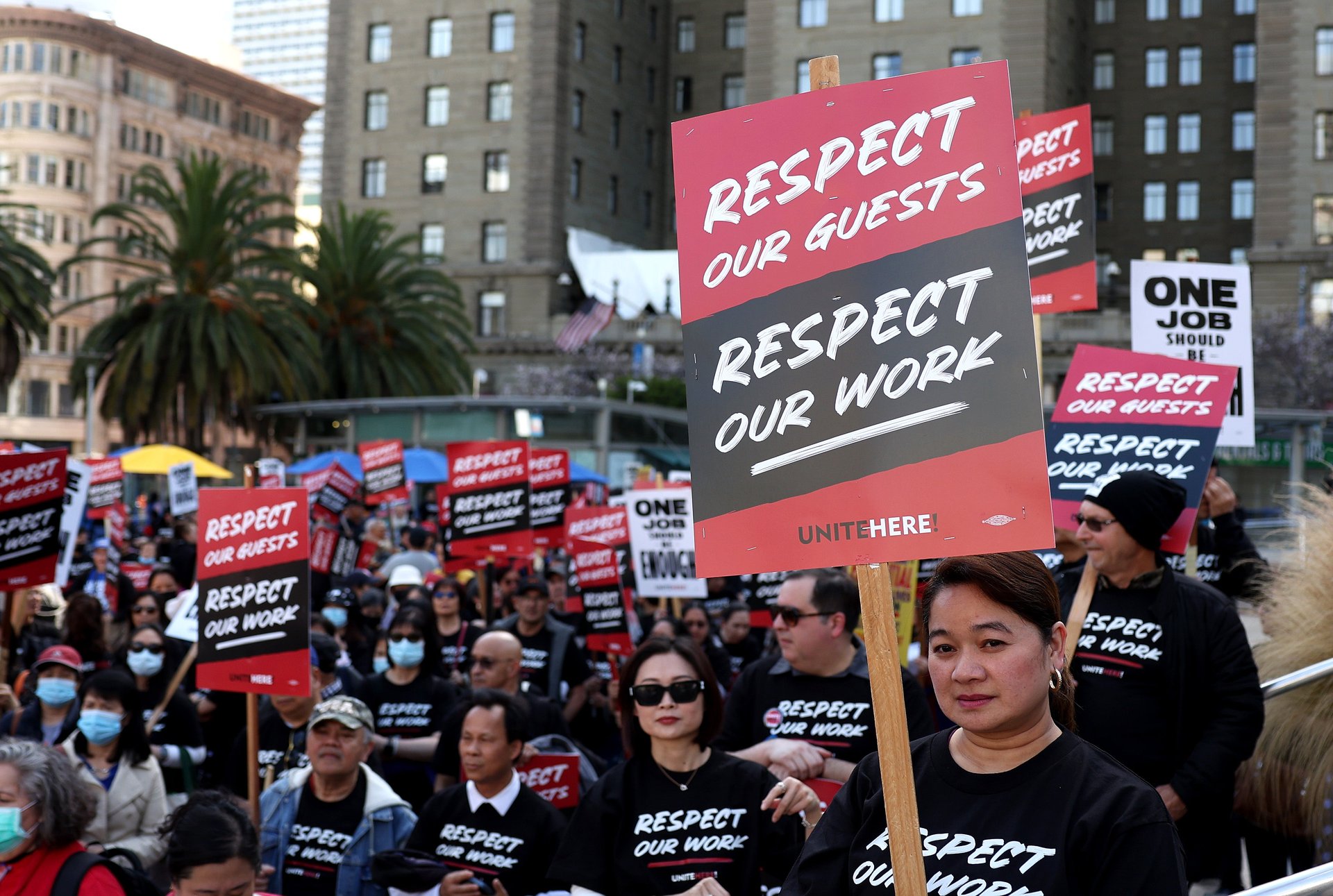
California — the home of the Writers Guild of America and Screen Actors Guild strikes — was actually the best state for workers last year, before it was dethroned by the current title-holder. Perhaps unsurprisingly, the state with the most people living in it is also home to the most labor actions over the past nine months, according to Cornell University’s School of Industrial and Labor Relations.
California, like Oregon and Washington, has passed heat standards for outdoor workers and warehouse worker protections, as well as started plans to end subminimum tipped wages. In April, California enacted a $20 per hour minimum wage for fast food employees, although the state’s general minimum wage is still $16 per hour. Several counties and cities have also raised their minimum wages this year.
On the collective bargaining front, California in 2023 extended some organizing rights to agricultural workers, who have been excluded from most federal protections. Four groups of California farmworkers have organized under the law, the United Farm Workers told PBS in May.
10 / 12
Worst: North Carolina
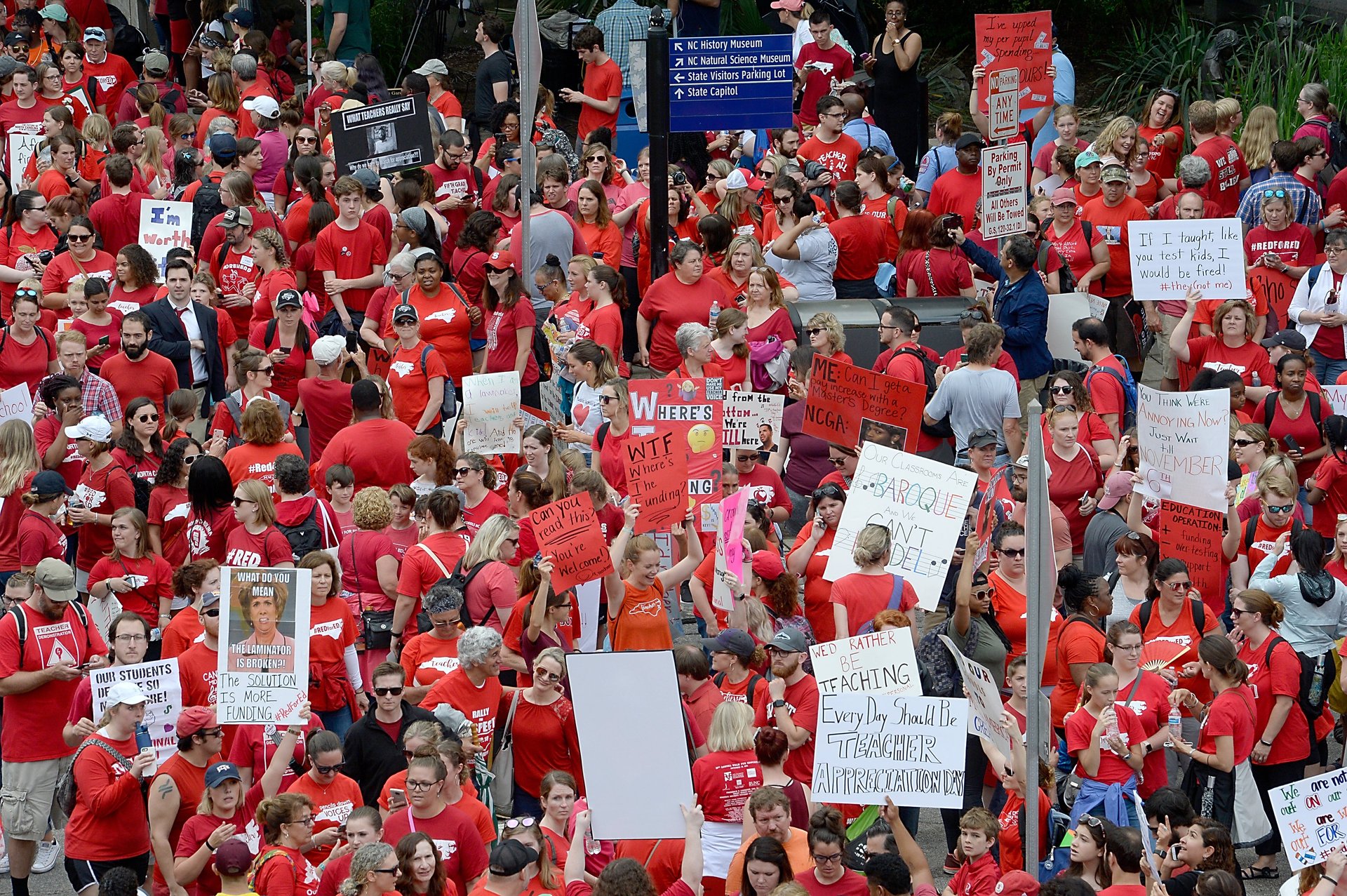
The Tar Heel state’s protections and benefits for workers are, well, trapped in tar. North Carolina has been at the bottom of Oxfam’s rankings for the past three years in a row.
According to Oxfam, North Carolina does not require companies to provide paid leave, relies on the federal minimum wage and tipped minimum wage, and has no state laws protecting workers from sexual harassment. Without dedicated state laws, victims have to rely on Title 7 of the Civil Rights Act, which requires people to file in federal court and pay higher fees— often discouraging them from doing so, WBTV reported in 2018.
North Carolina also has a right-to-work law that’s been on the books since March 1947, which greatly limits collective bargaining activities. The NC Chamber touts the state’s right-to-work law as a key reason its economy has grown, while pro-union groups argue such laws limit workers’ power to fight for better wages and benefits and contribute to economic inequality.
Separately, North Carolina is one of eight states that have enacted bills to weaken child labor protections this year, according to the Economic Policy Institute.
11 / 12
Best: District of Columbia
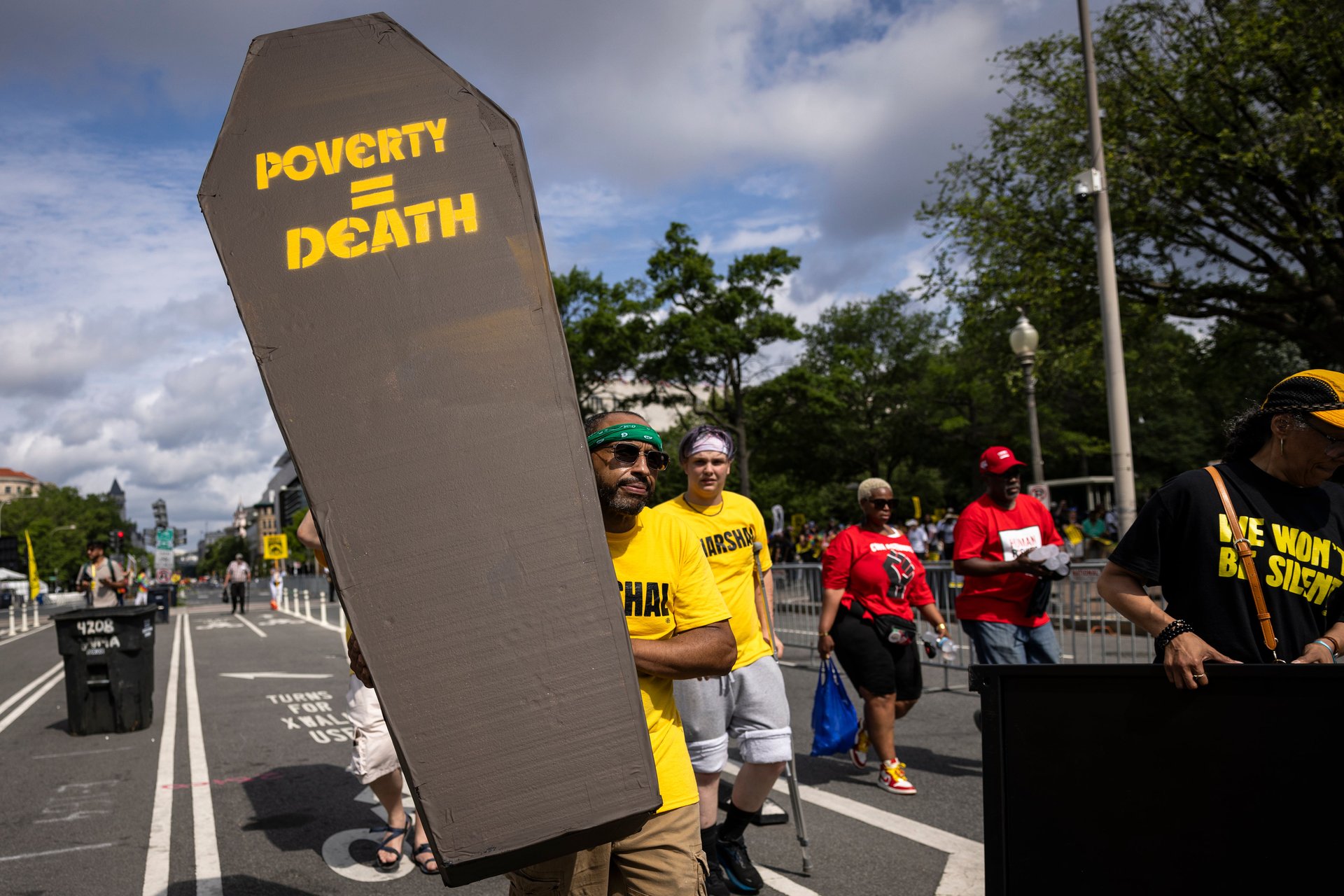
It’s official: The nation’s capital is not only the center of American democracy, but the best place for its working people.
Now, that’s not to say that the District of Columbia is perfect. In fact, its protections for workers are scored below each of the other top-ranking states, although they’re better than sixth-placed New Jersey. Oxfam does note that the district is joined by just 12 states and two major cities in signing into law basic labor rights and protections for domestic workers, including nannies and housecleaners.
The district is also one of the handful of “states” that earned full marks for its respect of collective bargaining and organizing, which measures protections for organizing workers and agreements favoring labor unions. Still, the district had union membership rates below the U.S. average in 2023, according to the Bureau of Labor Statistics.
The nation’s capital gets most of its brownie points from its stance on wages, which was the highest measured by Oxfam’s standards. The District of Columbia has a $17.50 per hour minimum wage for non-tipped workers and between $8 and $10 per hour for tipped workers, some of the highest in the U.S. That’s a premium on the federal minimum wage of $7.25 an hour.
12 / 12
Honorable Mention: Minnesota
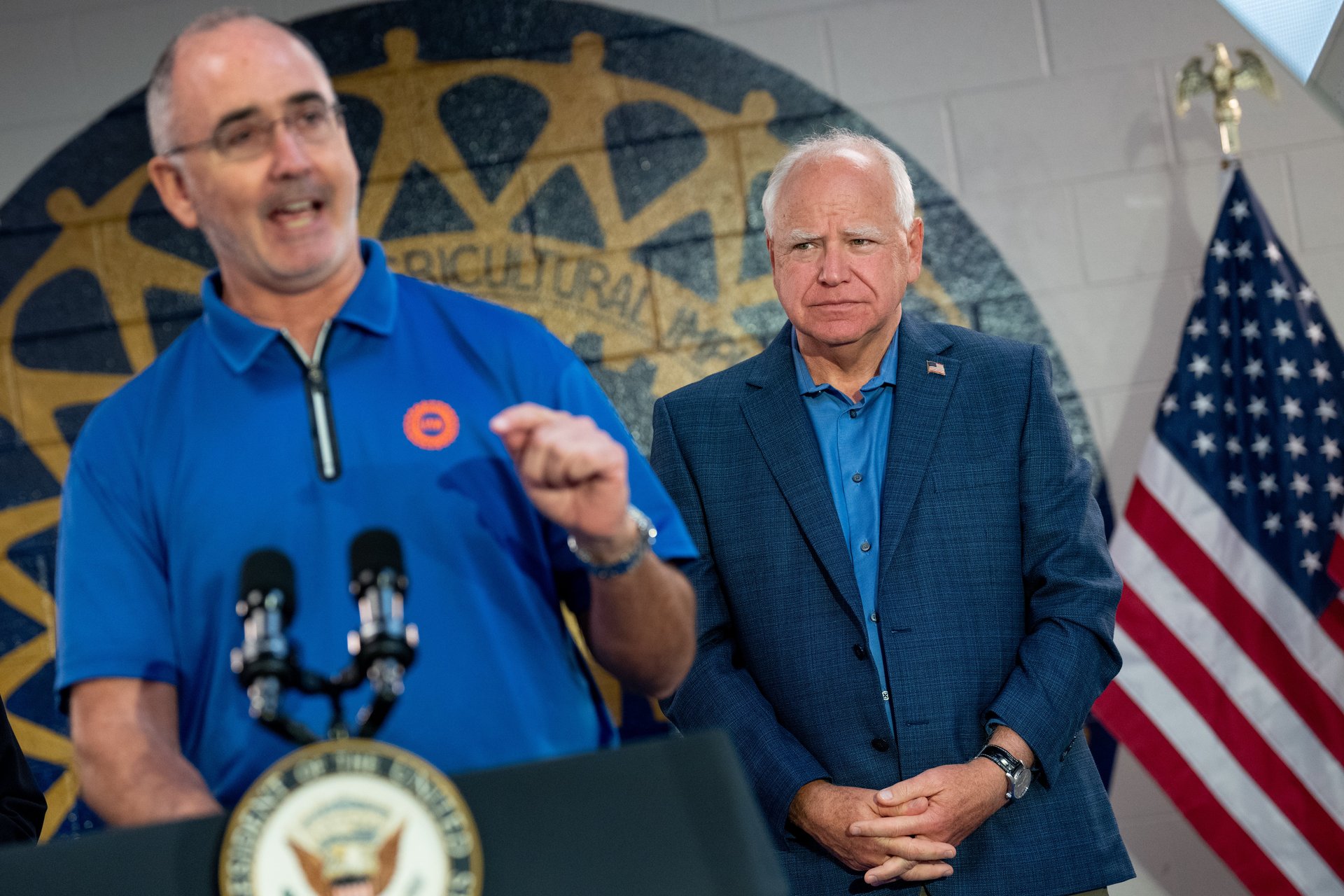
Minnesota may not yet be one of the best states for workers, but it’s made some big gains, according to Oxfam.
The state leaped up six places to rank no. 11 in 2024, compared to 17 last year, after a busy legislative season presided over by Gov. Tim Walz, the Democratic party’s vice presidential nominee. In its latest session, Minnesota eliminated the subminimum tipped wage, raised wages for rideshare drivers, passed protections for warehouse workers, and established a heat standard. Still, the legislature did not pass a bill raising the minimum wage or an equal rights amendment.